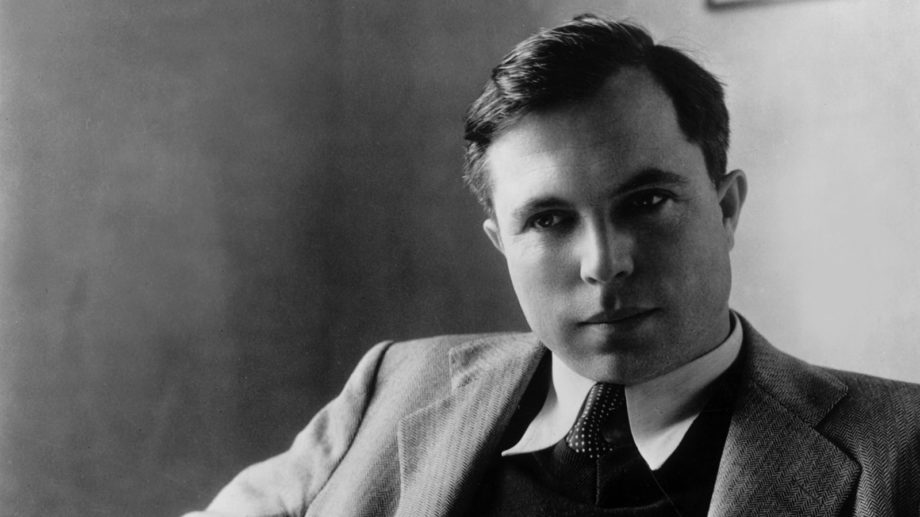Film at Lincoln Center announces King Vidor, a retrospective of the Academy Award®-winning director’s work, from August 5–14.
A fascinating and prolific figure whose career bridged the silent and sound eras of Hollywood, King Vidor completed over 50 feature films during a career that spanned nearly seven decades. Vidor’s cinema, rich with idiosyncratic takes on well-trod Hollywood forms, arced across a wide range of genres, from the Western to the musical to the maternal melodrama (late in his career, he even produced a philosophical primer on metaphysics). These movies also made a considerable impression on the critics-turned-directors of Cahiers du Cinéma and the French New Wave, namely Luc Moullet and Jean-Luc Godard. Yet, for all his on-screen achievements, Vidor is seldom given his due as one of the studio system’s enduringly great auteurs. Join us at FLC as we seek to change that with a long-awaited retrospective, a survey of his vast body of work that highlights his most celebrated pictures alongside undersung efforts.
Notable films include but are not limited to: Vidor’s most acclaimed film, The Big Parade, often considered a model for numerous future war movies; Vidor’s adaptation of Olive Higgins Prouty’s 1923 novel Stella Dallas, featuring Barbara Stanwyck as of one of the most indelible heroines of Hollywood’s Golden Age; Comrade X, part spy film, part screwball satire starring Clark Gable and Hedy Lamarr, which prophetically anticipated the invasion of Russia and Ukraine by Germany less than a year after its release; and Duel in the Sun, a Western staged as a grand, Freudian frenzy.
As a special treat for filmgoers and Vidor fans alike, there will be live musical accompaniment to select screenings of four silent films in the retrospective: La Bohème, The Crowd, The Patsy, and Show People, performed by Donald Sosin, well-known for creating and performing music for silent films.
Organized by Thomas Beard and Dan Sullivan.
Acknowledgements:
Special thanks to the Berlinale, Connie Betz, the George Eastman Museum, the Filmmuseum Munich, the Library of Congress, the Museum of Modern Art, and the UCLA Film & Television Archive.
Please note: Masks are required for all staff, audiences, and filmmakers at all times in public spaces. Proof of full vaccination is not required for FLC audiences, but full vaccination is strongly recommended. Visit filmlinc.org/safety for more information.
Tickets for the retrospective go on sale Friday, July 22 at noon with a FLC Member pre-sale beginning on Thursday, July 21 at noon and are $15; $12 for students, seniors (62+), and persons with disabilities; and $10 for FLC Members. Become a member today! See more and save with a 3+ Film Package or All-Access Passes ($119 for General Public and $59 for Students).
FILMS & DESCRIPTIONS
All films will screen at the Walter Reade Theater (165 W 65th St) unless noted at EBM (Elinor Bunin Munroe Film Center, 144 W 65th St)
The Big Parade
King Vidor, USA, 1925, 151m
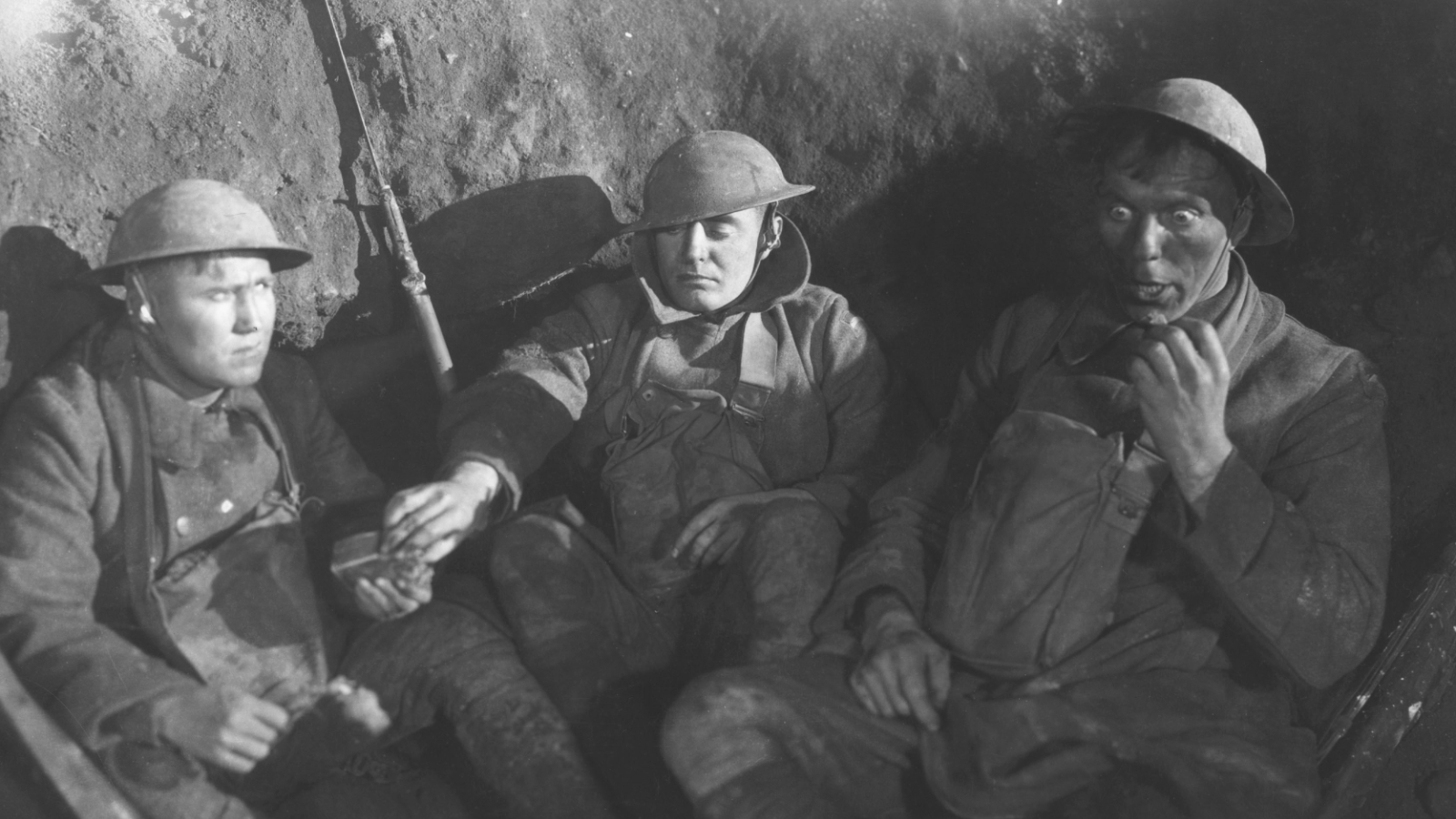
The Big Parade Credit: Shutterstock
One of Vidor’s most celebrated works, The Big Parade provided a model for innumerable war movies that followed. John Gilbert stars as Jim, a layabout heir who enlists after being swept up in the patriotic frenzy of 1917. The film follows him and two army pals, a hard-nosed bartender and a lanky riveter, during their time in France, as a romance kindles between Jim and a young woman from the village where they’re stationed. “War,” Vidor later remarked, “had not been explored yet from the realistic GI viewpoint,” and indeed many veterans praised the film for its veracity. A grunt’s epic, The Big Parade captured both the chaos of combat—its battle sequences, with their meticulously organized montage, have lost none of their horrifying power—as well as its human face.
Sunday, August 7 at 6:30pm
Thursday, August 11 at 8:45pm (EBM)
La Bohème
King Vidor, USA, 1926, 35mm, 95m
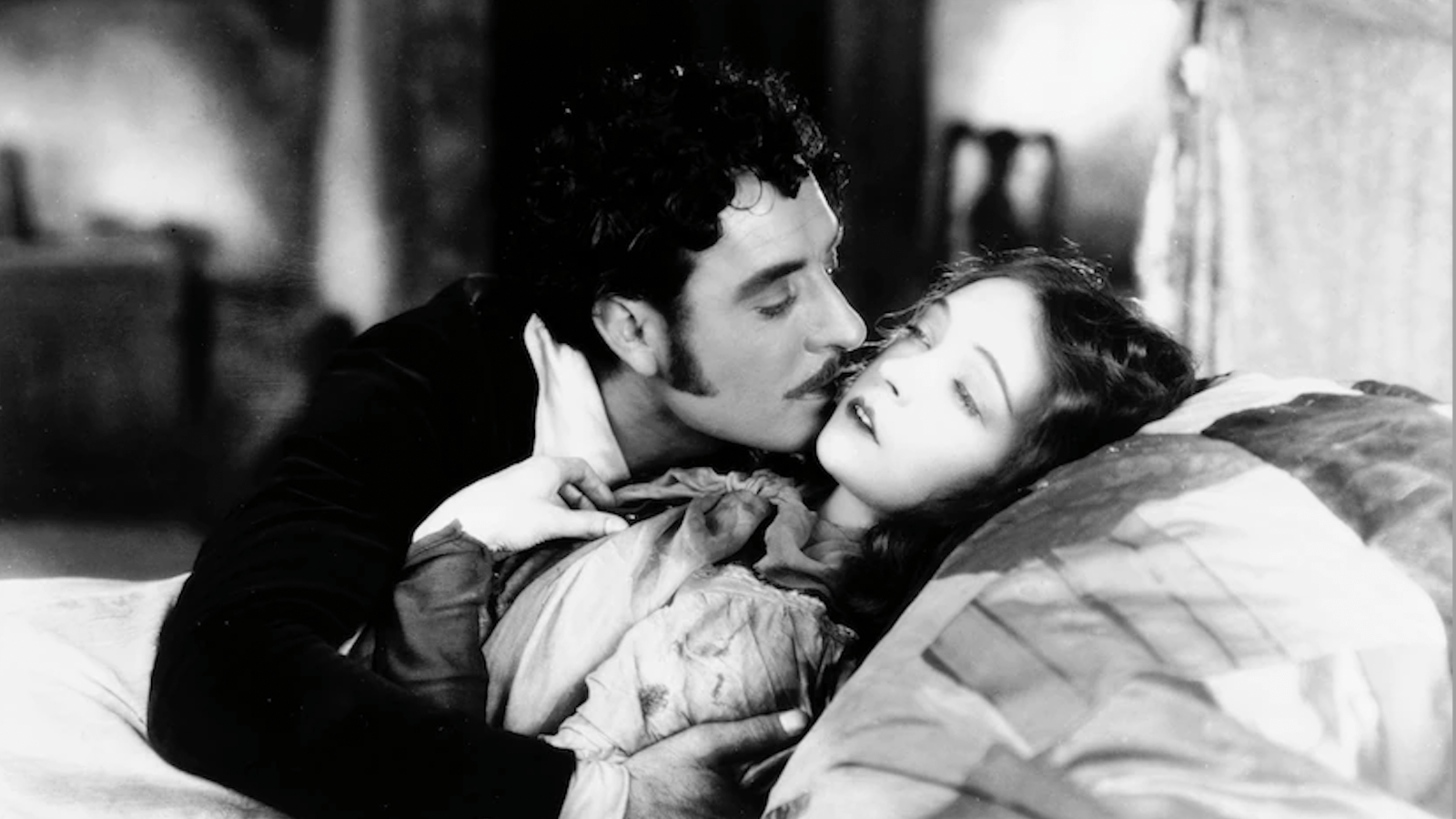
La Bohème Park Circus/Warner Bros.
La Bohème, a tragedy adapted from the same 19th-century source that inspired Puccini’s opera, begins on the first of the month. Rent is due, and the creative types of Paris’s Latin Quarter are frantically pawning their piccolos and scribbling sellable stories in an effort to spare themselves eviction. It’s here that the struggling playwright Rodolphe (John Gilbert, who had just starred in The Big Parade) falls for the impoverished seamstress Mimi, played by Lillian Gish. Though not as well-remembered as some of her other performances, Gish’s singular screen presence in La Bohème is felt throughout. As elsewhere, she gives herself fully to the role, and even visited tubercular patients in the hospital in preparation for her character’s own demise. “The movies,” Vidor declared, “have never known a more dedicated artist than Lillian Gish.” Print courtesy of the UCLA Film & Television Archive.
Wednesday, August 10 at 6:30pm (with live musical accompaniment by Donald Sosin)
The Crowd
King Vidor, USA, 1928, 35mm, 98m

The Crowd Park Circus/Warner Bros.
One of the masterpieces of silent cinema, though for years difficult to see, The Crowd is Vidor’s unflinching study of the American Dream. The film centers upon John Sims, who from an early age imagines that he’s destined for great things. As a young man he journeys to New York to make his name, but over time he must come to terms with a relentlessly ordinary existence—the drudgeries of work, the quarrels of marriage. One sees in the film a supreme example of Vidor’s ability to punctuate a naturalistic style with sequences of searing visual expressiveness, and his approach in this movie would prove highly influential on later directors, in particular the Italian neorealists and, later, the French New Wave. Reflecting on an impasse in his career to Cahiers du Cinéma, Godard once quipped, “Make films about the people, they said; but The Crowd had already been made, so why remake it?”
Friday, August 5 at 6:30pm (with live musical accompaniment by Donald Sosin)
Monday, August 8 at 1:00pm (silent)
The Patsy
King Vidor, USA, 1928, 35mm, 78m
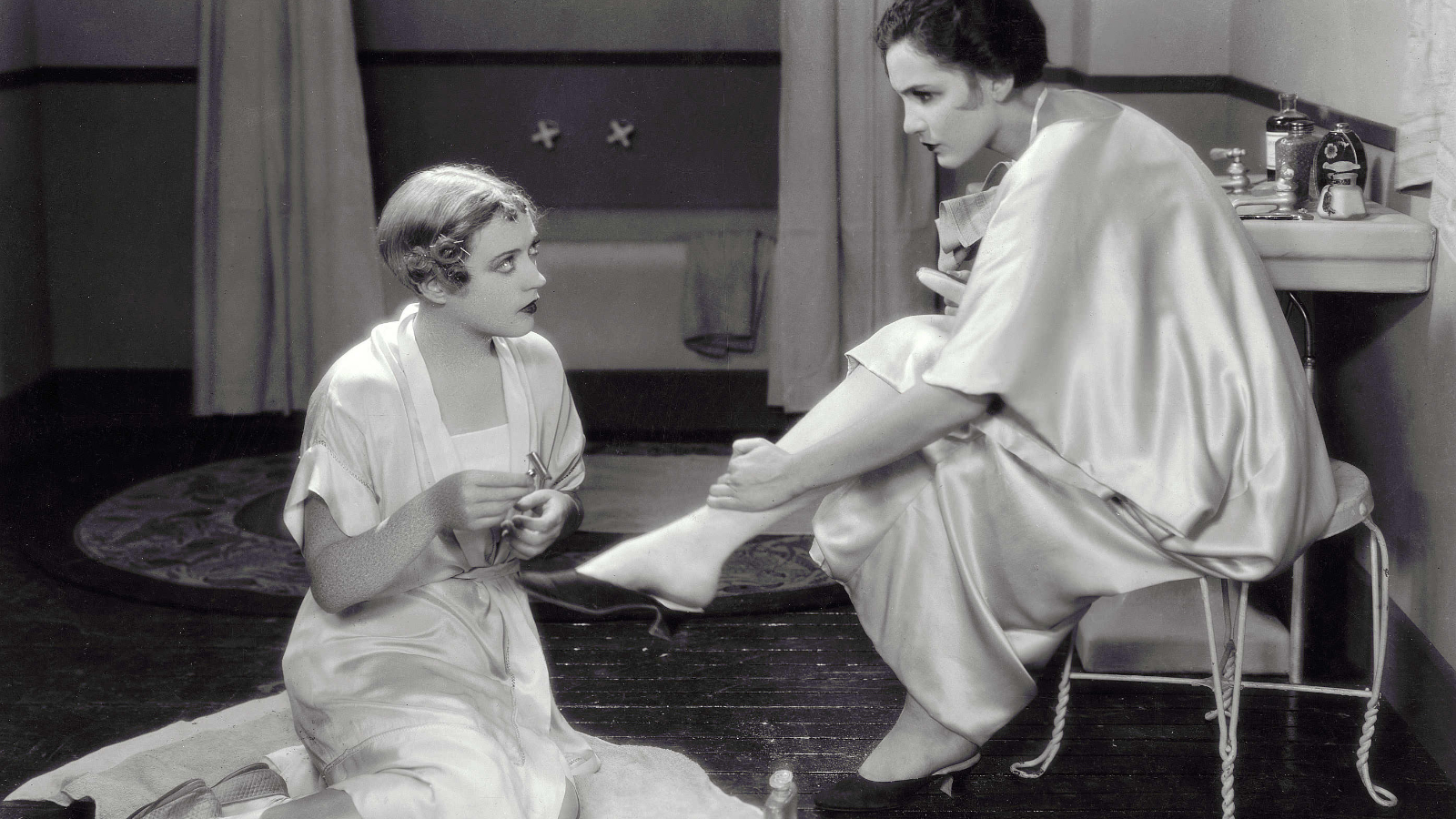
The Patsy Park Circus/Warner Bros.
One of the great comedies of Hollywood’s silent era and based on a 1925 play by Barry Conners, The Patsy stars Marion Davies as Patricia Harrington, an awkward young woman who falls for the boyfriend of her older sister (Jane Winton), ambitious real estate agent Tony (Orville Caldwell), and sets about trying to attract the young man’s interest—to hilarious effect. A charming and engrossing work of physical comedy and featuring an especially memorable turn by pioneering silent-era actress, director, and producer Marie Dressler (as Patricia’s overbearing mother), The Patsy is notable for, among other things, its thematic focus on the performance of social life and its explicit references to some of silent Hollywood’s brightest stars, including Pola Negri, Lillian Gish, and Mae Murray. Preserved by the Library of Congress.
Tuesday, August 9 at 7:00pm (with live musical accompaniment by Donald Sosin)
Thursday, August 11 at 1:30pm (EBM, silent)
Show People
King Vidor, USA, 1928, 35mm, 83m
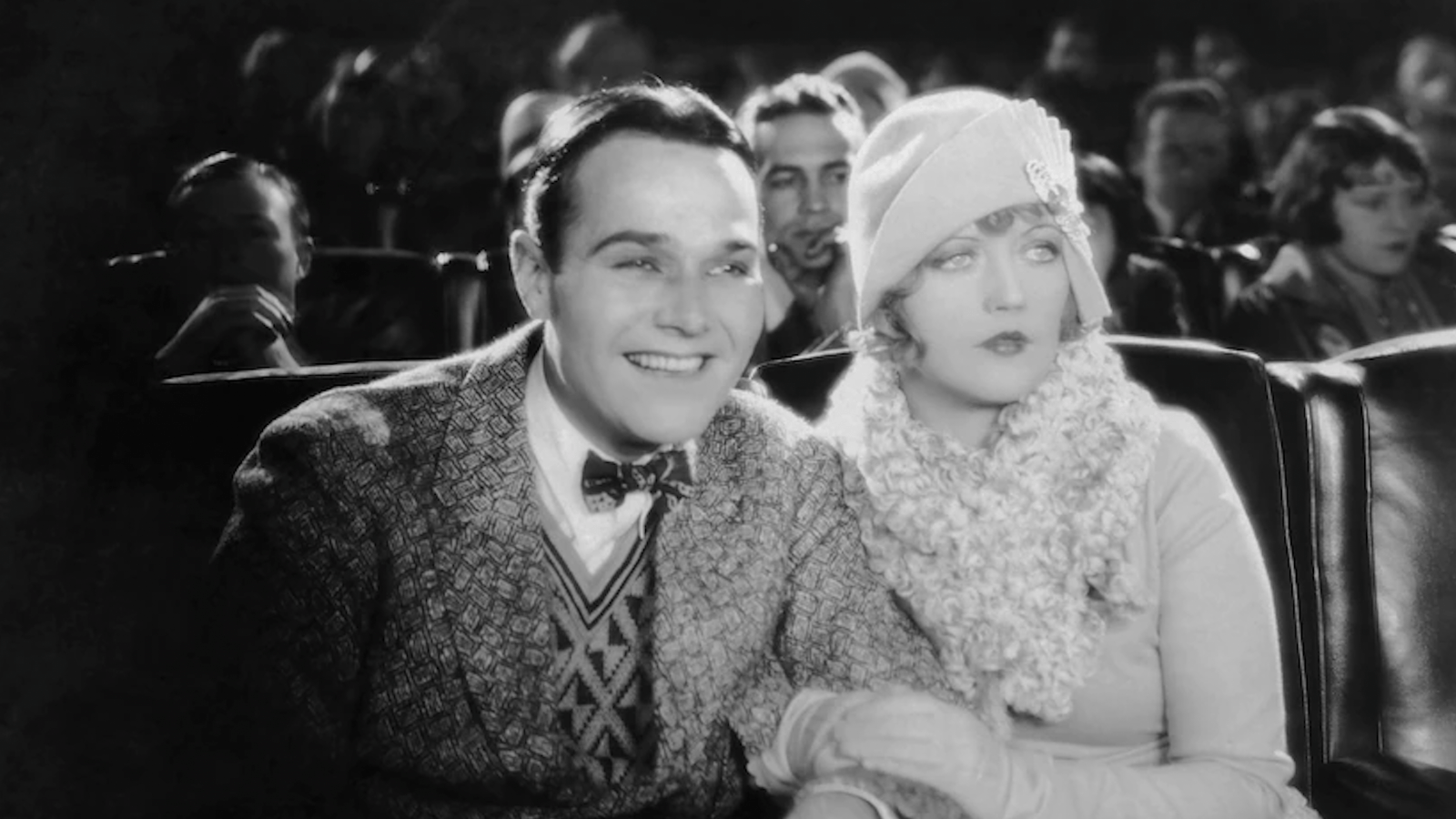
Show People Park Circus/Warner Bros.
A star, somewhat surprisingly, is born in Vidor’s showbiz satire. Our heroine is one Peggy Pepper (Marion Davies), an overly-confident naif, who arrives in Hollywood by way of Georgia with hopes of a career in the pictures. Her big break arrives after a chance encounter in the commissary with a member of a comedy troupe, and audiences soon delight as she hurls cream pies and has a full bottle of seltzer blasted across her face. Peggy yearns for more serious fare, but refashioning her image as a dramatic actor—now Patricia Pepoire—comes at a cost. Replete with cameos by late-silent-era luminaries (Chaplin and Vidor himself among them), Show People is Vidor at his most metacinematic, and a hilarious look inside the machinery of celebrity.
Saturday, August 6 at 6:00pm (with live musical accompaniment by Donald Sosin)
Monday, August 8 at 3:30pm (silent)
Hallelujah
King Vidor, USA, 1929, 35mm, 109m
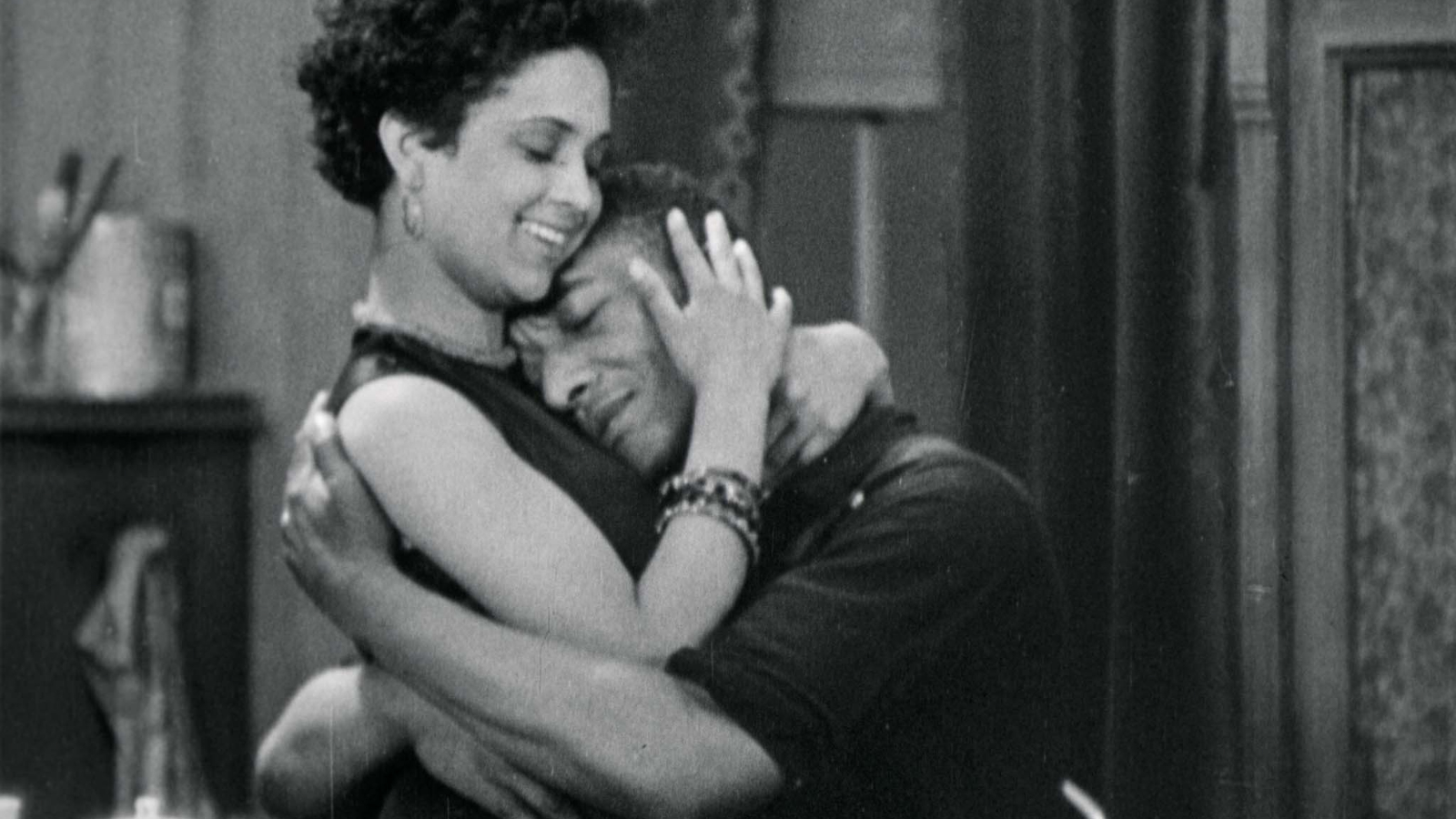
Hallelujah Library of Congress
Hallelujah has great historical import, as both Hollywood’s first all-Black cast musical and Vidor’s first sound film. Zeke, a tenant farmer, brings his crop to market for a tidy profit, but he’s cheated out of his earnings by a pair of grifters at a juke joint, and after accidentally killing a man in the fallout that ensues he turns to a life of religion. Production of this story proved challenging at every stage. The studio’s anxiety about theaters in the Jim Crow South refusing to screen the film led Vidor to invest his own salary into the project, and location shooting in Tennessee and Arkansas was plagued with equipment issues. Still, despite these setbacks, the movie was a critical success. Though it draws at times from regrettable stereotypes, Hallelujah remains a significant episode in the medium’s transition away from its silent origins; Vidor maintained, for instance, the dynamic camera movement of his earlier work, and experimented fruitfully with the aesthetic possibilities that the new sound technology allowed. Restored by the Library of Congress and The Film Foundation. Funding provided by the Hobson/Lucas Family Foundation.
Friday, August 5 at 8:45pm
Saturday, August 6 at 1:00pm
Street Scene
King Vidor, USA, 1931, 35mm, 80m
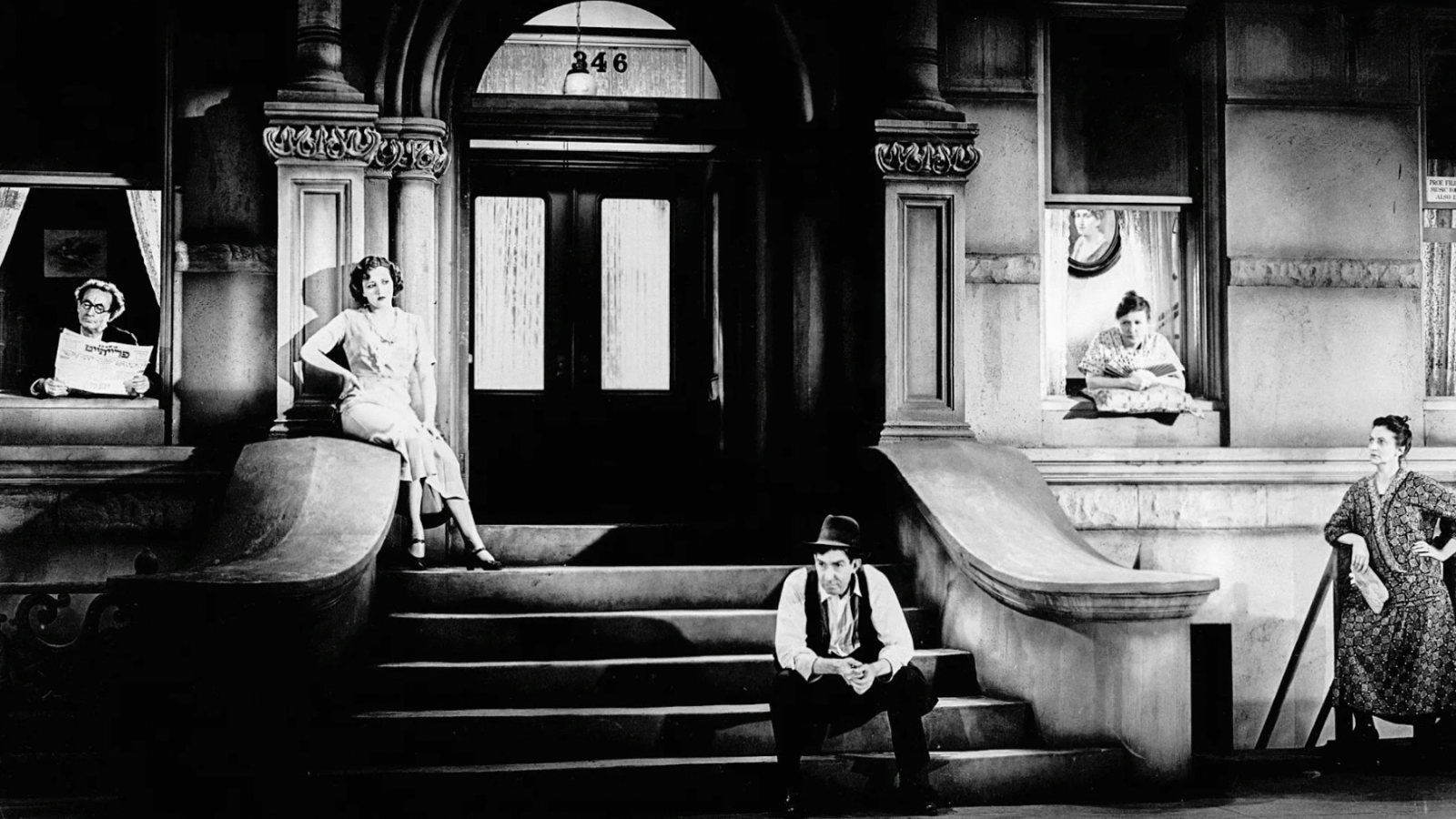
Street Scene
Playwright Elmer Rice adapted his own Pulitzer Prize-winning 1929 play for the screen with this single-location drama, only Vidor’s fourth talkie. Set across 24 hours and confined almost exclusively to a single New York City block, Street Scene follows a small network of the block’s residents—including Sylvia Sidney, Estelle Taylor, and Beulah Bondi, making her film debut by reprising her role from the stage version—as they go about their everyday lives amid a heatwave while the Great Depression looms forebodingly on the horizon. Though adapted from a work of theater, Street Scene nevertheless finds Vidor exploring the new narrative possibilities of recorded sound to conjure a richly empathetic and fundamentally human world of characters whose lives will soon be shaped by the economic crisis that will define the decade to come. Print courtesy of the UCLA Film & Television Archive.
Friday, August 5 at 2:00pm
Saturday, August 13 at 1:00pm
The Champ
King Vidor, USA, 1931, 35mm, 87m
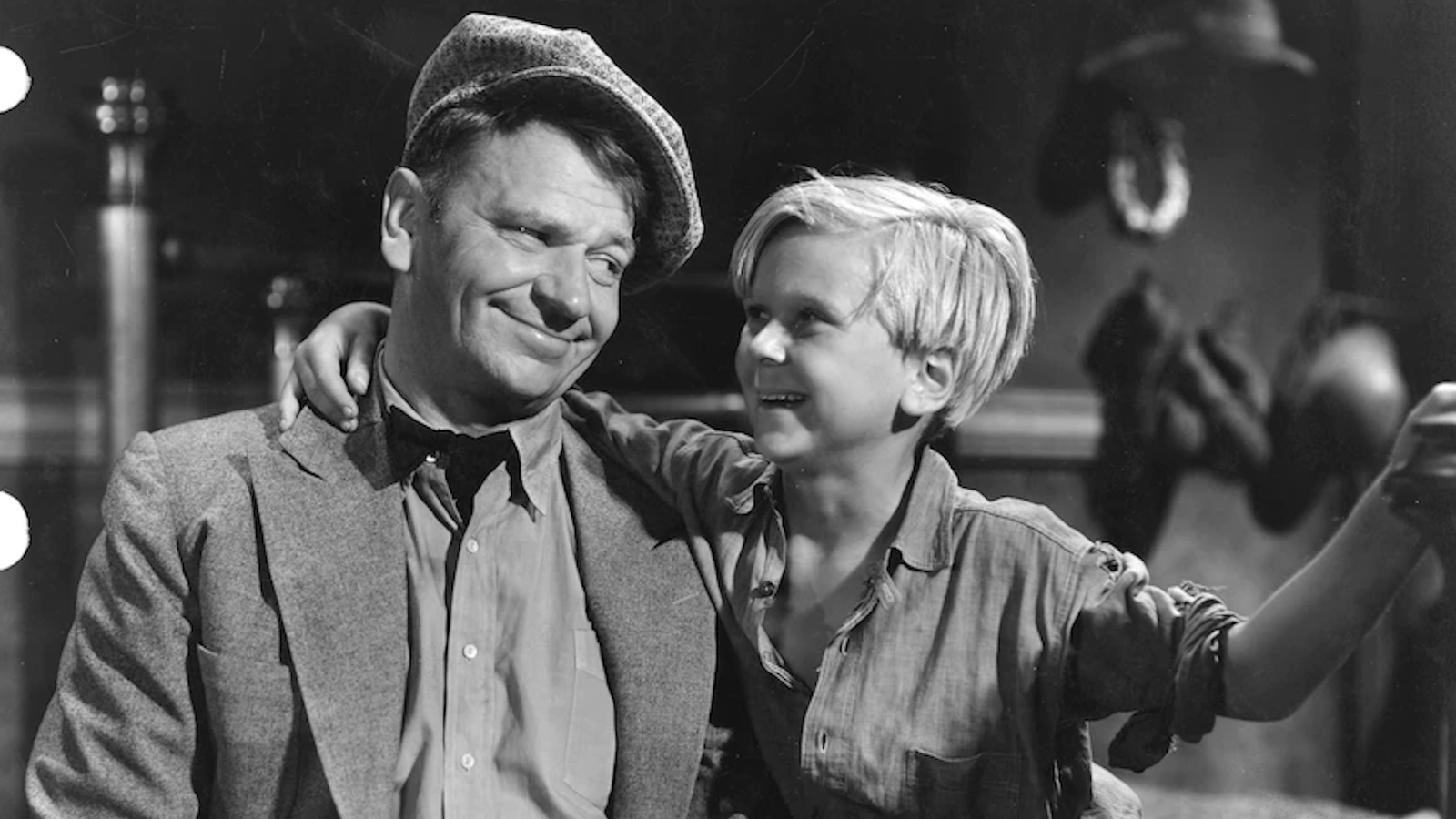
The Champ Park Circus/Warner Bros.
Prizefighter Andy Purcell was once the heavyweight champion of the world, but now, after years of boozing, his career is on the ropes. With sporadic gambling wins, he ekes out a living for himself and his young son, Dink, perhaps the only person in the world who still has faith in the champ. A run-in with the boy’s well-to-do mother at the racetrack raises the possibility of a different path for Dink, and ultimately leads to a comeback bout that offers Andy a shot at his former glory. Screenwriter Frances Marion penned The Champ with Wallace Beery in mind for the title role, and the movie would earn him an Oscar, but just as notable is Jackie Cooper’s turn as Dink. Cooper brings a charmingly streetwise flair to the performance and, in key moments, an emotional force beyond his years.
Saturday, August 6 at 3:30pm
Tuesday, August 9 at 2:00pm
Bird of Paradise
King Vidor, USA, 1932, 80m
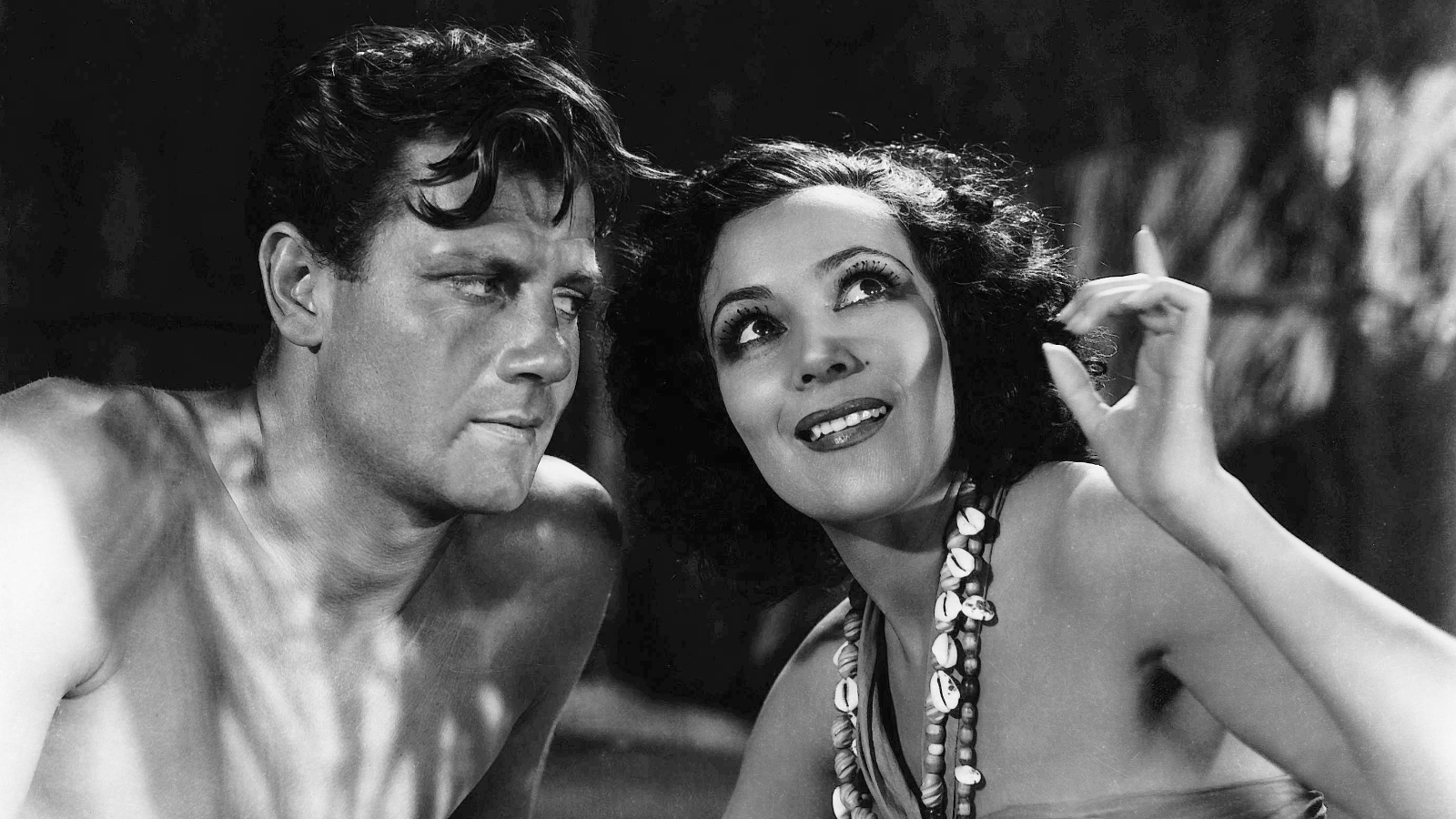
Bird of Paradise Shutterstock
Writing in his autobiography, A Tree Is a Tree, Vidor recalled producer David O. Selznick’s rather open-ended request for this film, a Pre-Code romance between a strapping young sailor (Joel McRea) and a Polynesian princess (Dolores Del Rio): “Just give me three wonderful love scenes like you had in The Big Parade and Bardelys the Magnificent. I don’t care what story you use so long as we call it Bird of Paradise and Del Rio jumps into a flaming volcano at the finish.” The movie is something of an outlier in Vidor’s filmography; as an auteur he’s not typically associated with exocitized scenarios, but for this very reason it stands as a testament to his versatility and his ability to bring his unique compositional intelligence to every frame he oversaw, no matter the setting or genre.
Sunday, August 14 at 1:00pm
Our Daily Bread
King Vidor, USA, 1934, 80m
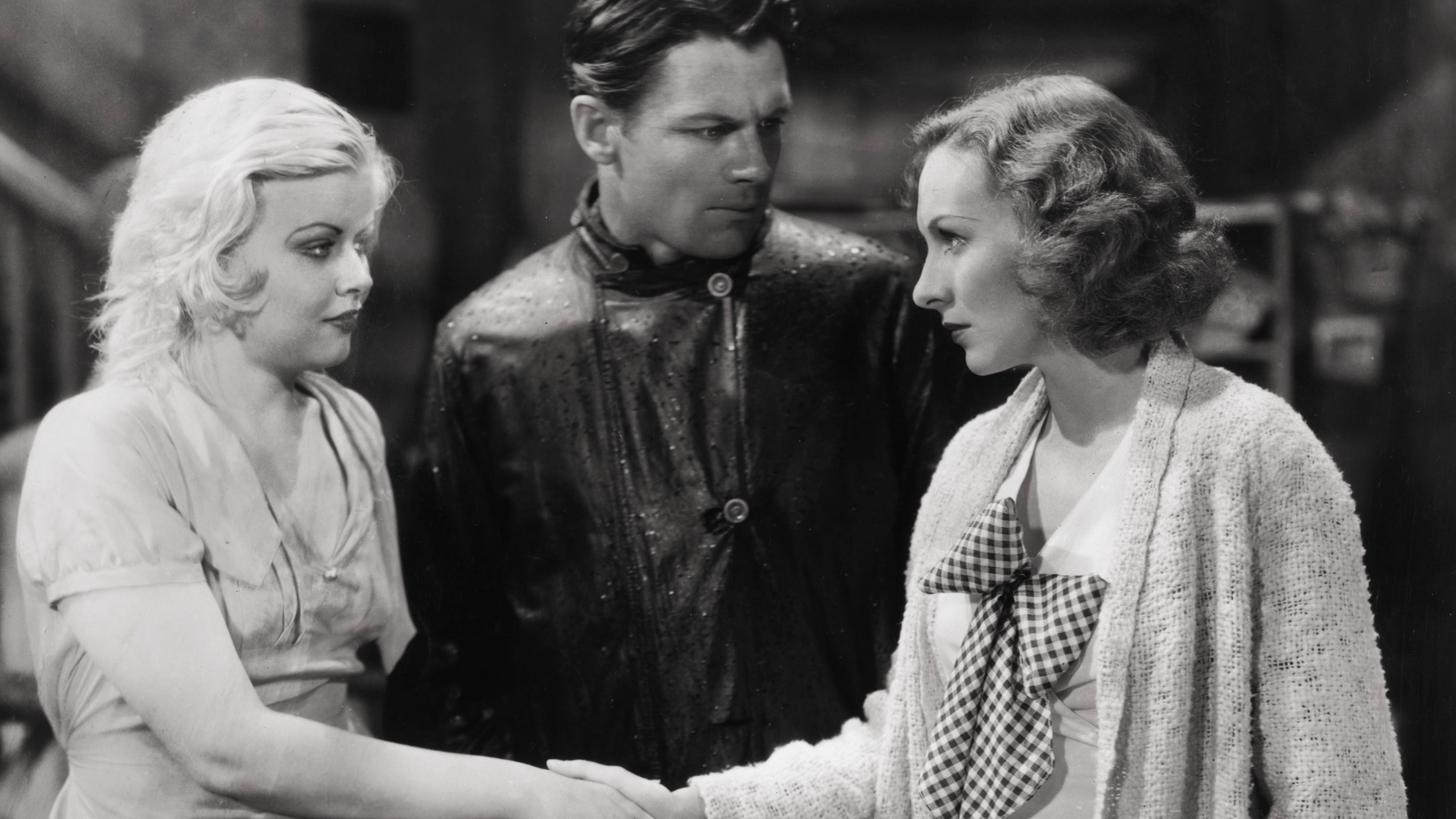
Our Daily Bread Shutterstock
As with his earlier adaptation of La Bohème, Vidor begins Our Daily Bread with a rent collector knocking on the door. Like so many others during the Depression, John and Mary Sims find themselves in desperate circumstances. They take Mary’s uncle up on his offer to live on a derelict farm that’s soon to be foreclosed upon, but the couple, unfortunately, have no experience behind a plow. John then has the inspired idea of inviting other out-of-work tradesmen to come live off the land with them, working it cooperatively and sharing their resources. No mere message film, Our Daily Bread remains a tremendously moving portrait of solidarity and mutual aid, thanks in part to Vidor’s technical virtuosity. Few other directors could locate a thrilling drama in the construction of an irrigation canal.
Thursday, August 11 at 3:30pm (EBM)
Friday, August 12 at 6:15pm
Stella Dallas
King Vidor, USA, 1937, 35mm, 106m
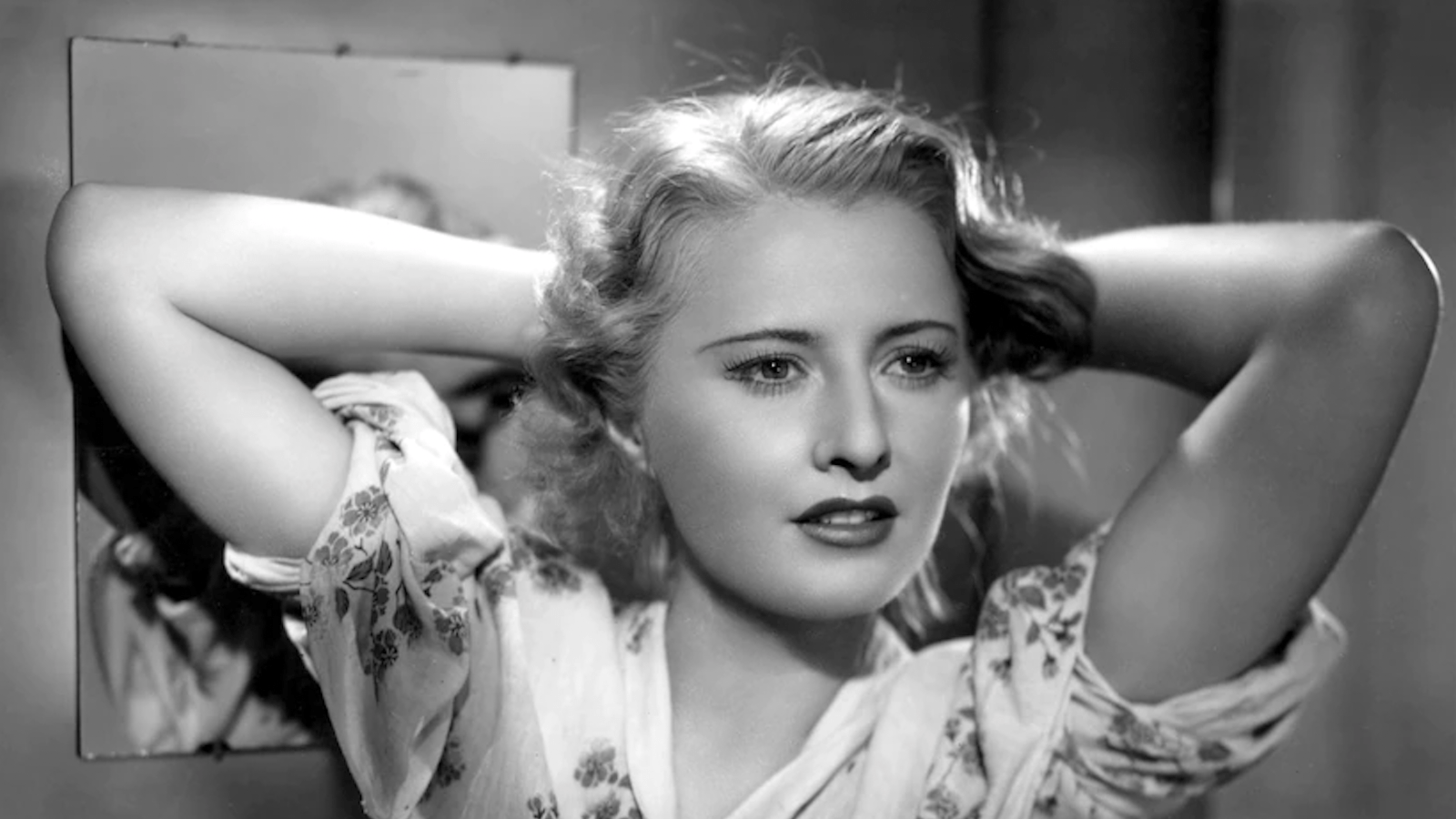
Stella Dallas Park Circus/Warner Bros.
In Vidor’s adaptation of Olive Higgins Prouty’s 1923 novel, Barbara Stanwyck created one of the most indelible heroines of Hollywood’s Golden Age: a rough-around-the-edges millworker’s daughter who, even after she schemes her way up a peg on the social ladder, can’t quite shake her working-class ways as she does whatever it takes to give her daughter (Anne Shirley) a better life. This is 200-proof melodrama in its purest form, ruthlessly wringing pathos from its nerve-touching themes of class, motherhood, and self-sacrifice. Through it all, Stanwyck is a miracle, pouring every ounce of Brooklyn brass and just-below-the-surface vulnerability she’s got into the endearingly crude Stella, before going in for the kill with the titanic heartbreak of the impossible-to-forget ending.
Saturday, August 6 at 8:15pm
Tuesday, August 9 at 4:15pm
The Citadel
King Vidor, UK, 1938, 35mm, 110m

The Citadel Park Circus/Warner Bros.
In Vidor’s adaptation of A.J. Cronin’s politically charged 1937 novel concerning medical ethics and the working conditions of doctors in the early 20th century, Robert Donat stars as Dr. Andrew Manson, an idealistic young Scottish doctor with dreams of improving the health of the working class who arrives in a Welsh village to help the miners with their tuberculosis. Disillusioned by his treatment by the locals, he then heads to London, where he learns the ins and outs of running a lucrative medical practice—namely, by exclusively treating wealthy hypochondriacs—triggering a crisis of conscience. Also starring Rosalind Russell as Manson’s wife, Christine, The Citadel endures as a powerful tribute to the social good that can be done by the medical field and as a condemnation of the betrayal of that objective in the name of profit.
Sunday, August 7 at 1:00pm
Wednesday, August 10 at 3:45pm
Comrade X
King Vidor, USA, 1940, 35mm, 104m
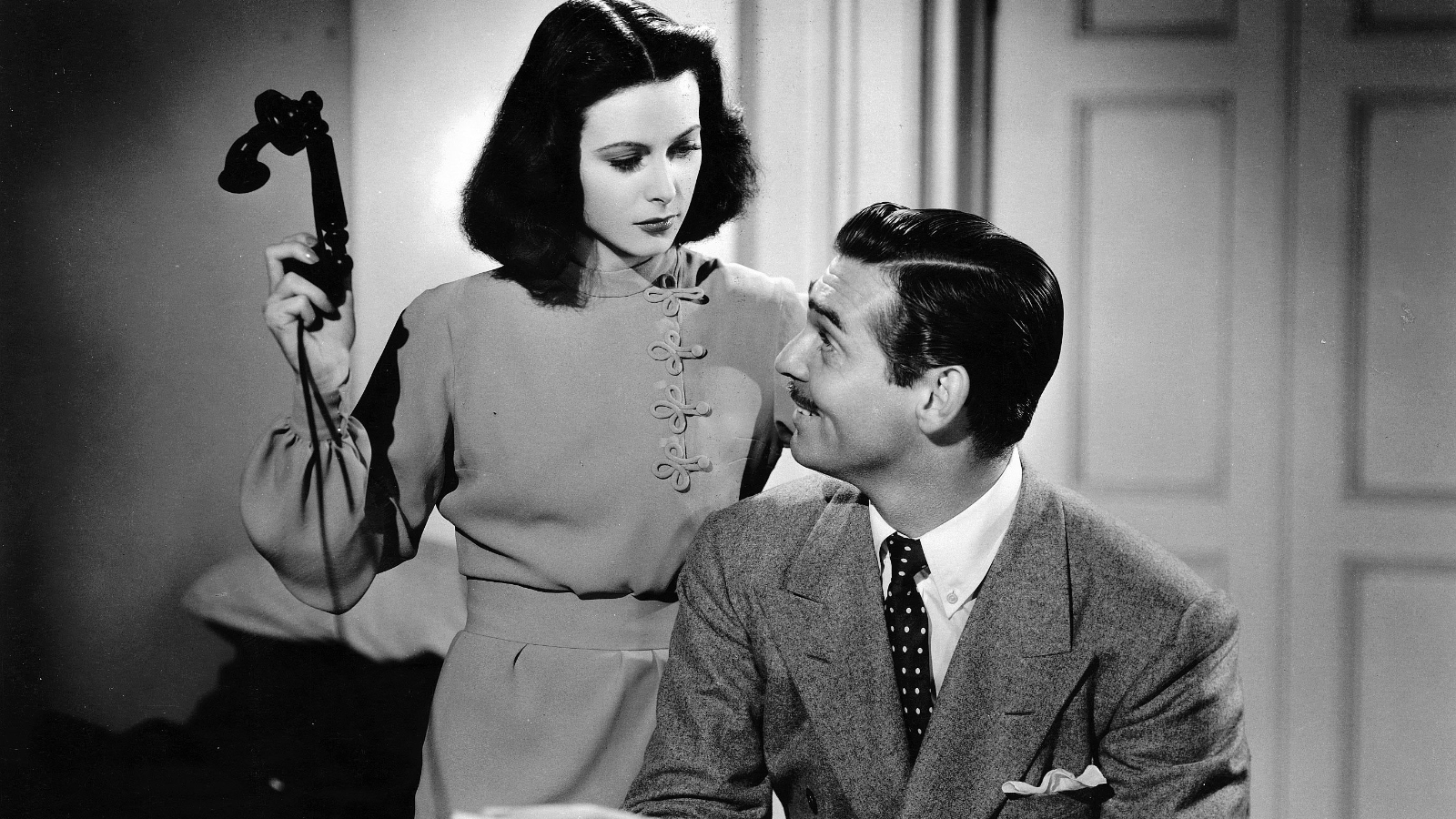
Comrade X Shutterstock
Part spy film, part screwball satire, Vidor’s 1940 film finds Clark Gable playing Mac Thompson, a USSR-based American journalist who pseudonymously pens scathing dispatches from the Soviet Union on behalf of the anticommunist West. When Mac’s cover is blown, he is lured into a blackmail plot wherein he must marry a streetcar conductor (Hedy Lamarr) and take her away from the USSR so that she can spread the gospel of Marxism-Leninism—but, of course, this plan goes sideways, to hilarious effect. Something of a companion film to Ernst Lubitsch’s Ninotchka (1939), Comrade X prophetically anticipated the invasion of Russia and Ukraine by Germany less than a year after its release.
Friday, August 5 at 4:00pm
Saturday, August 13 at 3:00pm
Northwest Passage
King Vidor, USA, 1940, 35mm, 126m
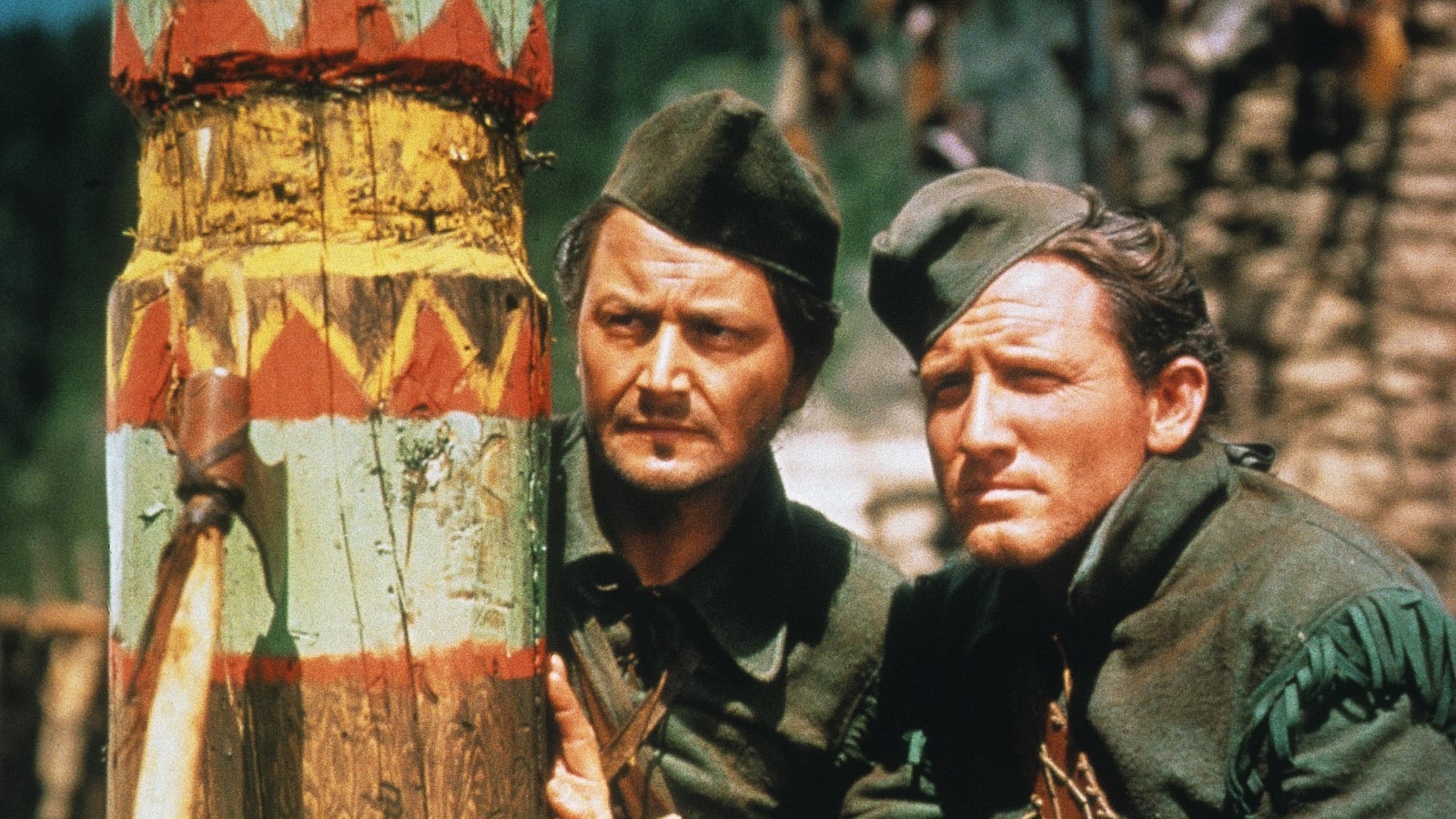
Northwest Passage
A hybrid Western-historical drama, this Technicolor marvel (adapted from Kenneth Roberts’s 1937 novel) chronicles the St. Francis Raid during the French and Indian Wars of the mid-18th century, in which a company of British soldiers known as Rogers’ Rangers attacked the predominantly Abenaki village of St. Francis in Canada. Robert Young stars as an aspiring painter, recently expelled from Harvard, who crosses paths with the rangers and their leader, Major Rogers (Spencer Tracy), quickly finding himself roped into their expedition north to confront the Abenaki. The most expensive film ever produced by MGM at the time, Northwest Passage is as visually astonishing a film as classical Hollywood ever produced. Print courtesy of the George Eastman Museum.
Tuesday, August 9 at 9:00pm
H.M. Pulham, Esq.
King Vidor, USA, 1941, 35mm, 120m
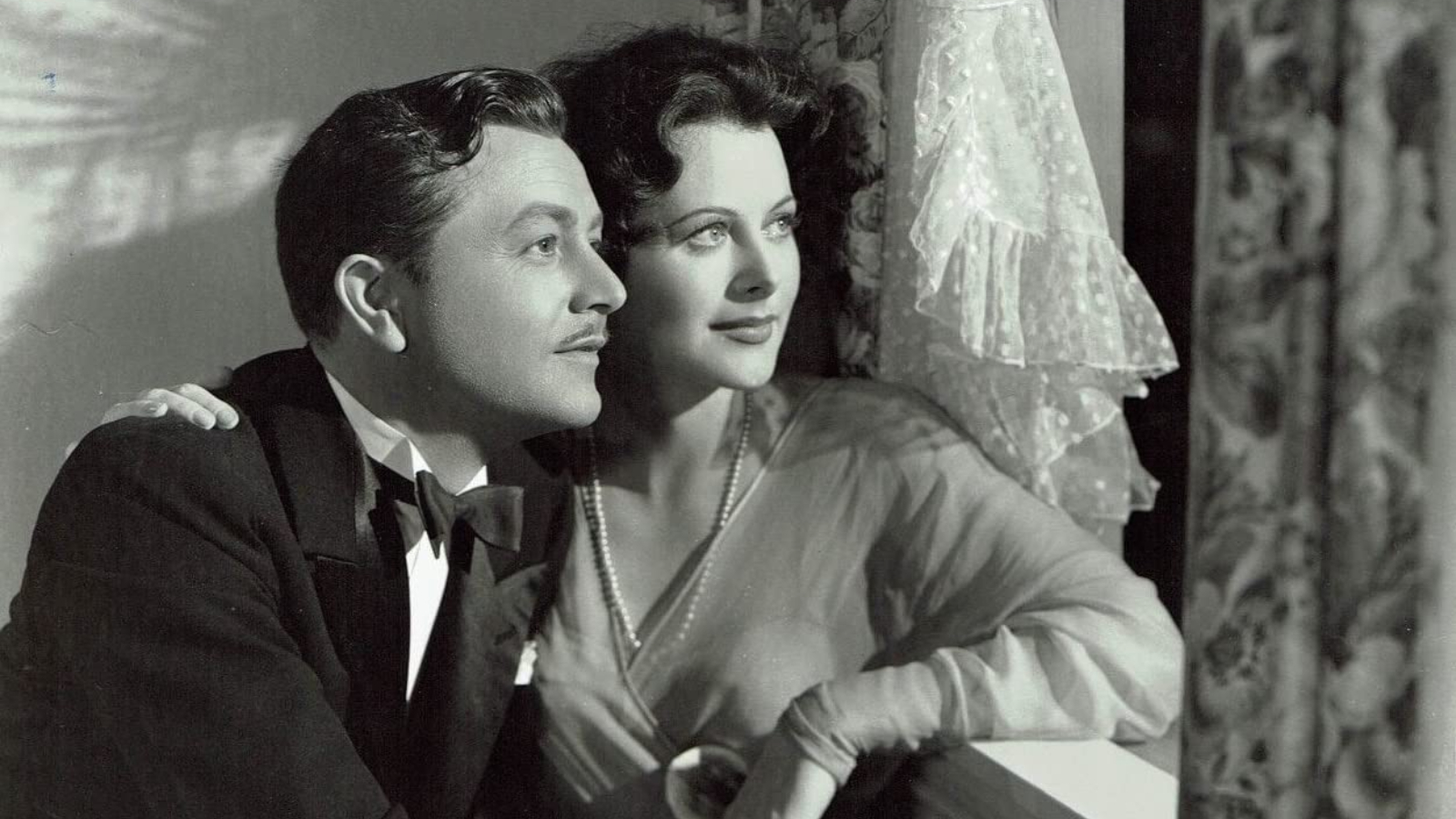
H.M. Pulham, Esq.
A middle-aged, blue-blooded businessman looks back on his life with regret in Vidor’s 1941 drama, an overlooked gem that spans three decades to examine the American soul and interrogate quintessentially American notions of what constitutes success and a life well-led. Bostonian Harry Pulham (Robert Young) has settled into an all-too-predictable, conservative lifestyle alongside his wife, Kay (Ruth Hussey), with whom he shares a passionless marriage. But when Harry is tasked with organizing his 25-year college reunion, it occasions him to reflect on the road he has traveled to get here, starting with a job at a New York ad agency (courtesy of old Harvard buddy Van Heflin), where he falls in love with a more progressive coworker (Hedy Lamarr) who manages to drag the cautious Harry out of his shell.
Sunday, August 7 at 3:30pm
Wednesday, August 10 at 1:00pm
An American Romance
King Vidor, USA, 1944, 35mm, 121m
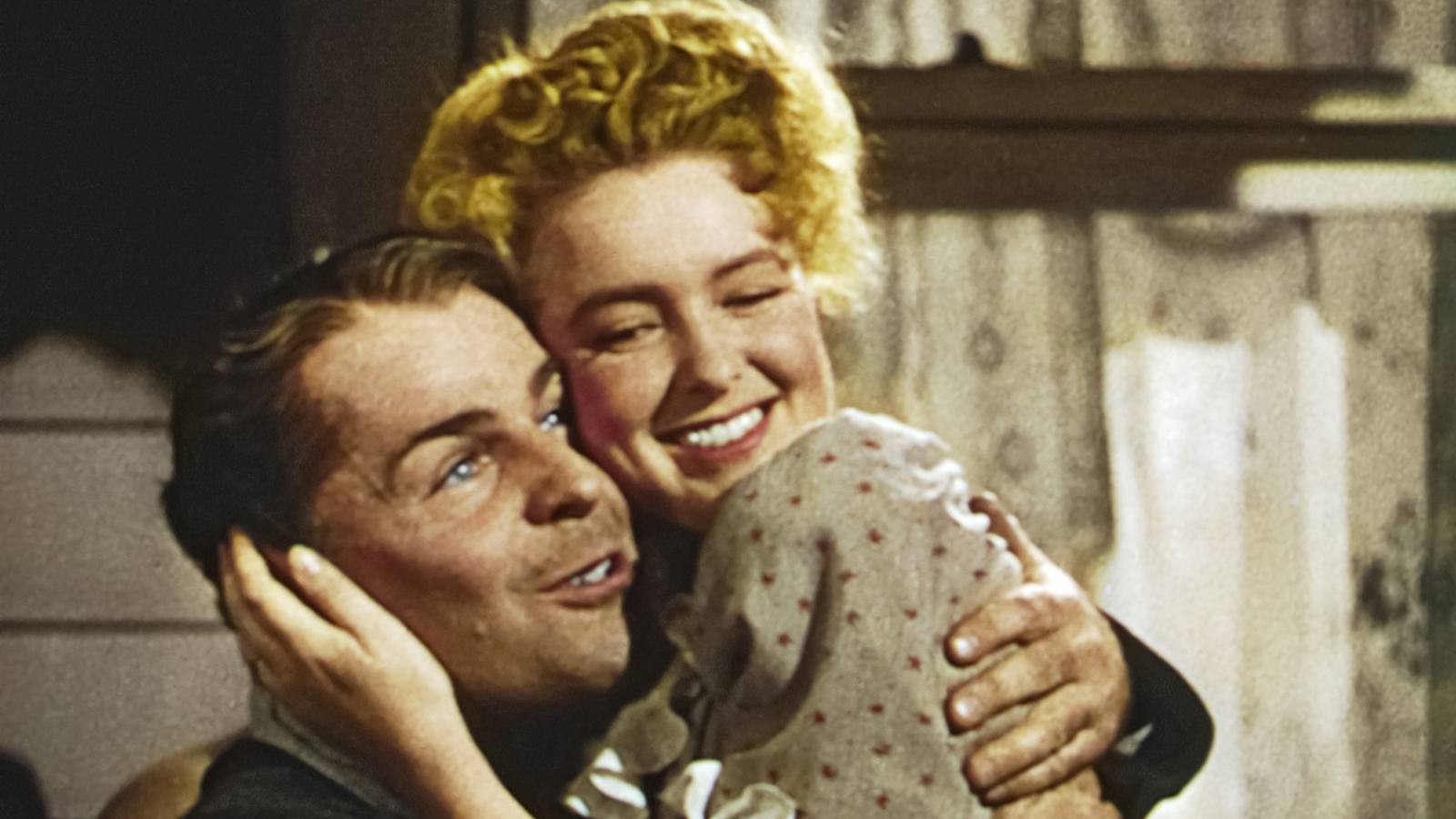
An American Romance
Vidor conceived of An American Romance as the third installment, following The Big Parade and Our Daily Bread, of his war-wheat-and-steel trilogy. The film begins in the late 19th century as a saga of immigration, tracking the journey of an indefatigable Czech farmer as he travels on foot from Ellis Island to the iron pits of Minnesota, later journeying to the foundries of Pittsburgh and, ultimately, the heights of manufacturing in Detroit. An American Romance is also a hymn to industry itself, with Vidor paralleling the refinement of metal with the refinement of an individual, and peppering the narrative with asides about the particulars of how the raw materials are processed. Like his hero, the director was ever-tinkering, and in this instance we see him testing the psychological effects of the film’s shifting color palette, which lightens gradually as the work proceeds. His ambition for the wartime production was “a wide-scope film of American know-how and productivity,” a movie “to show what America is really about.” Print courtesy of the George Eastman Museum.
Wednesday, August 10 at 8:45pm
Duel in the Sun
King Vidor, USA, 1946, 35mm, 129m
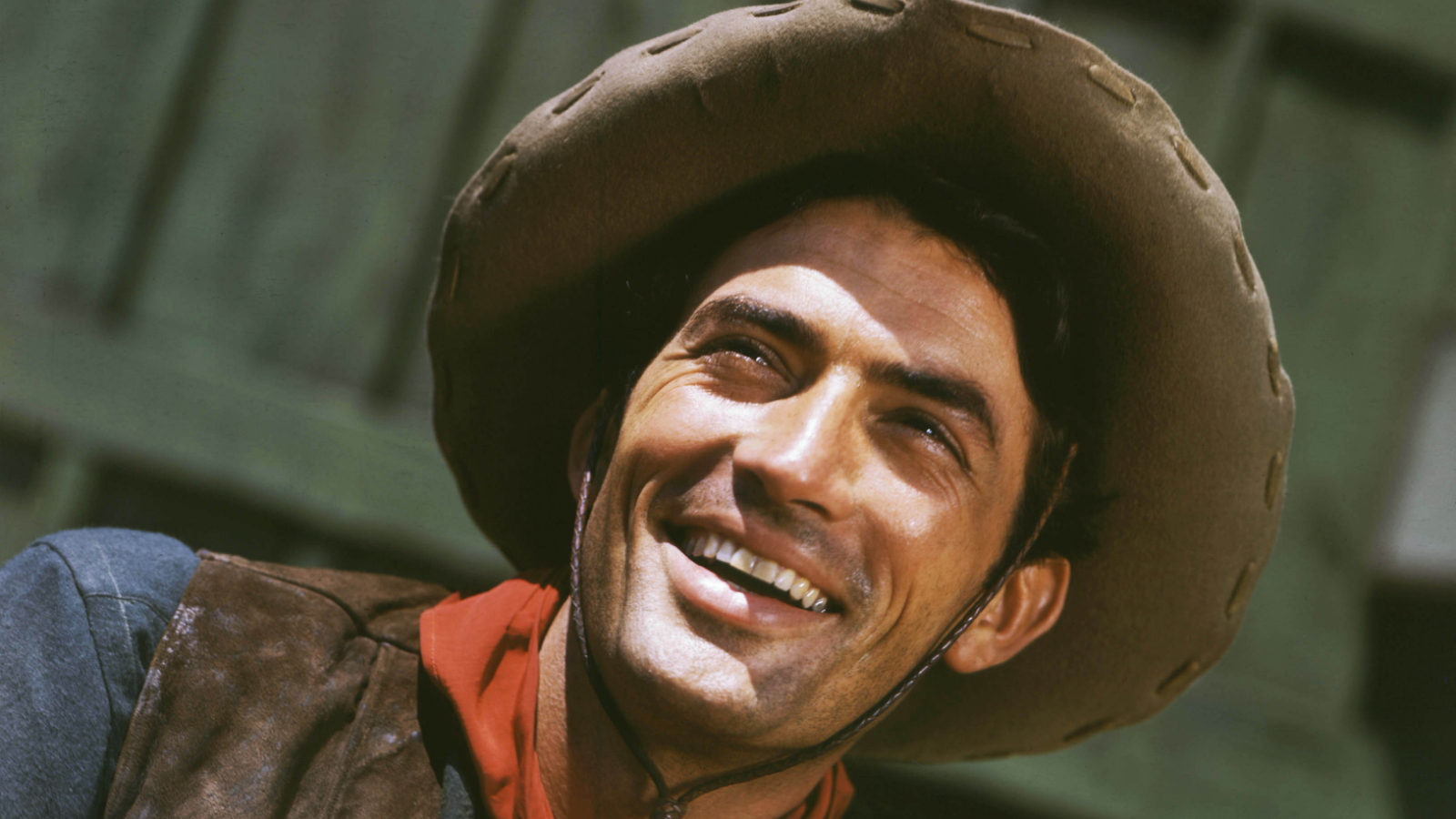
Duel in the Sun Shutterstock
Among Vidor’s best known films, Duel in the Sun endures as one of the most psychologically and politically rich and visually remarkable Westerns Hollywood ever produced. Jennifer Jones stars as Pearl Chavez, a biracial young woman sent to live with her white relatives after her father catches her mother with a lover and murders her. Upon arriving, Pearl crosses paths with her distant cousin Laura Belle’s two sons, scoundrel Lewt (Gregory Peck) and stately Jesse (Joseph Cotten), initiating a sequence of events that will change the lives of all three. Something like a Greek tragedy in a ten-gallon hat, Duel in the Sun is at once an exploration of the psychic climate in America after World War II and a critique of American racism. Print courtesy of the Museum of Modern Art.
Friday, August 12 at 8:15pm
Saturday, August 13 at 5:30pm
The Fountainhead
King Vidor, USA, 1949, 35mm, 114m
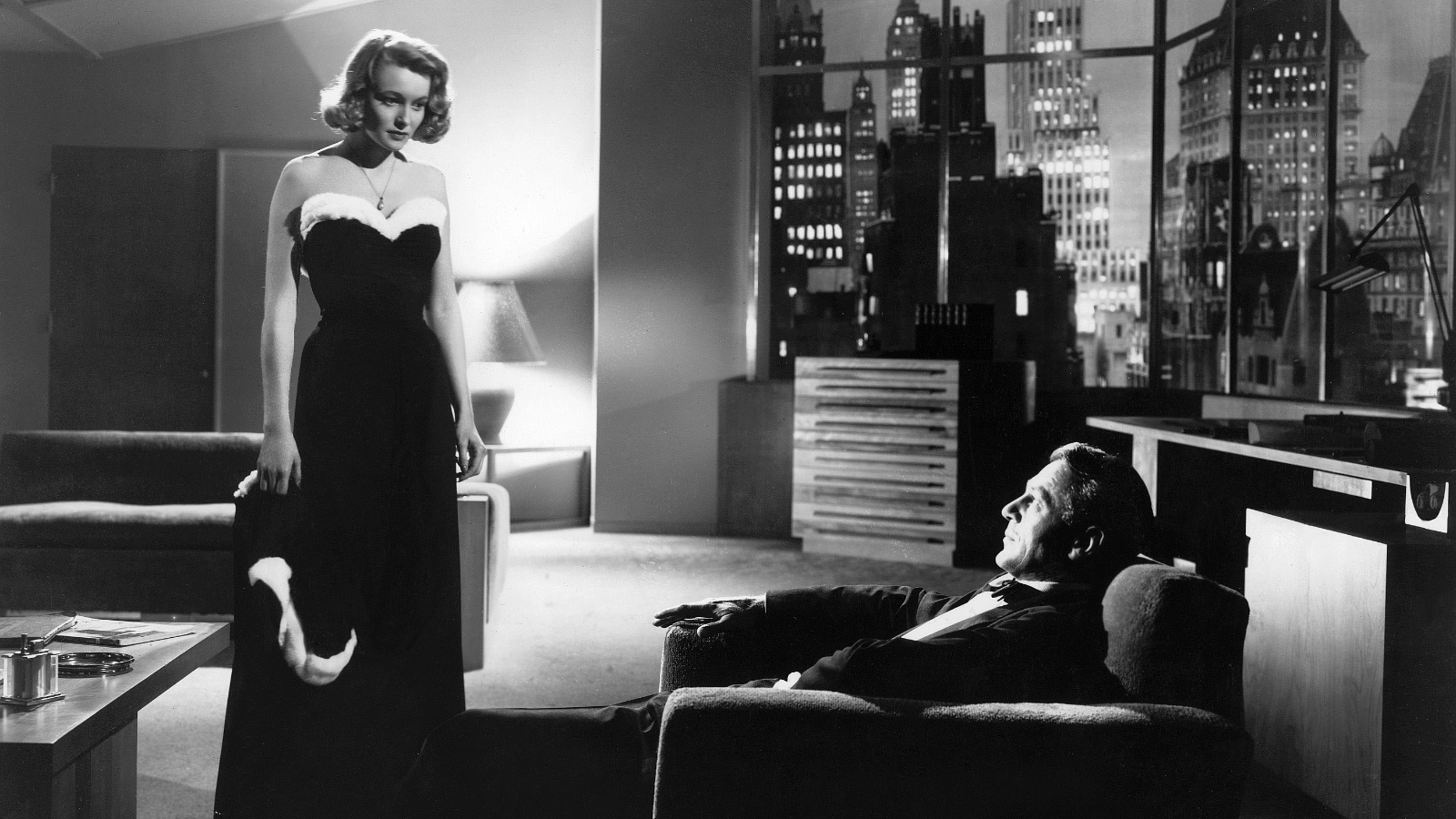
The Fountainhead Shutterstock
A surprising and captivating work of literary adaptation, Vidor’s take on Ayn Rand’s novel was divisive at the time of its release but has, in the intervening years, come to stand as one of Vidor’s most interesting and personal films. Gary Cooper stars as proto-libertarian architect Howard Roark, whose staunch individualism and uncompromising vision make him the target for attacks in print by an architecture critic (Robert Douglas) and his inattentive publisher (Raymond Massey). But when a society columnist (Patricia Neal) takes an interest in Roark, an unlikely romance blooms, testing Roark’s fidelity to his own architectural mission. A delirious marvel of production design riddled with Freudian motifs and deliberately contradictory politics, The Fountainhead is a rich work ripe for reappraisal. Print preserved by the Library of Congress.
Friday, August 12 at 3:30pm
Saturday, August 13 at 8:30pm
Ruby Gentry
King Vidor, USA, 1952, 16mm, 82m
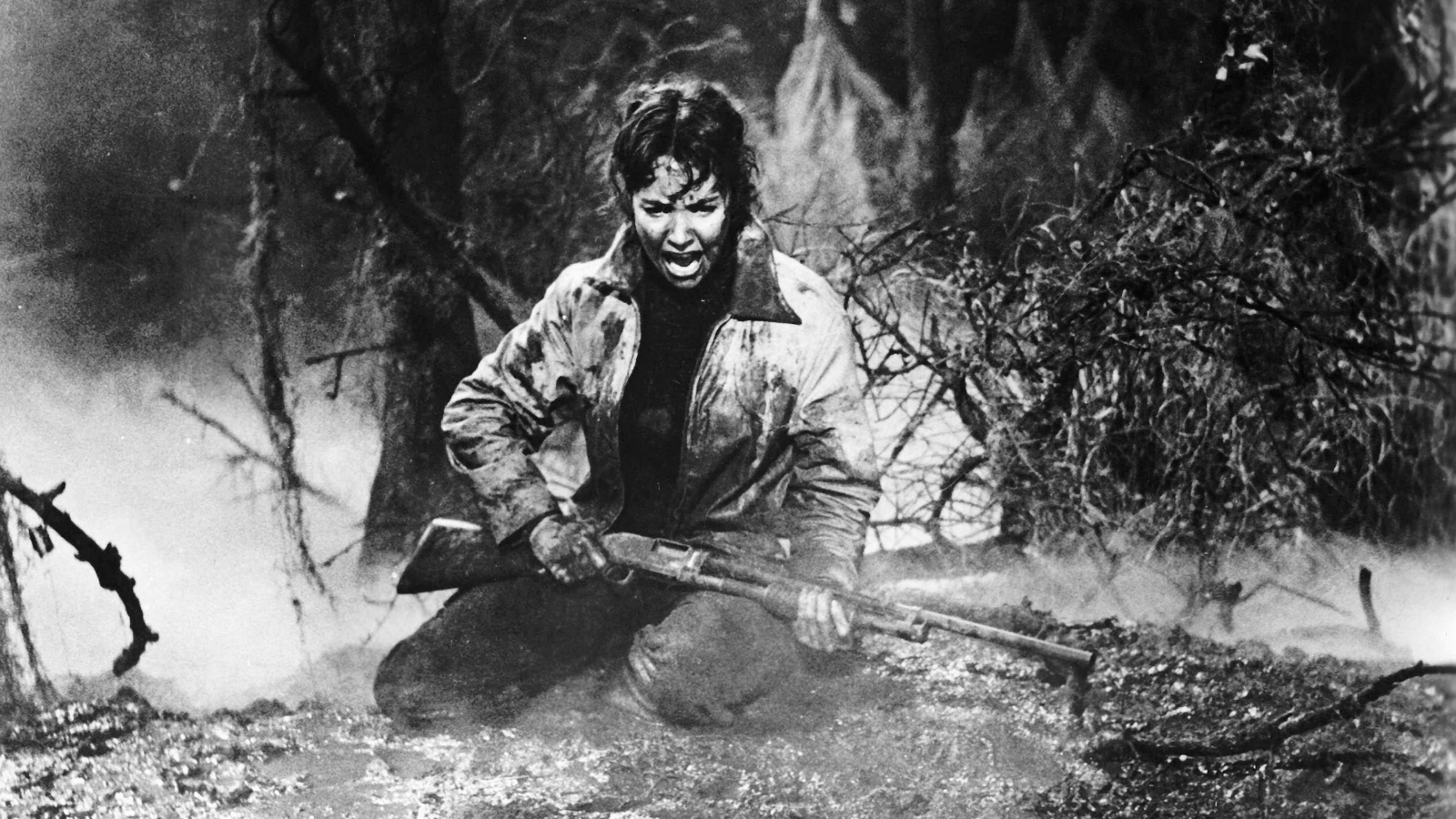
Ruby Gentry Shutterstock
“Ruby Gentry was born on the wrong side of the tracks, and the people of Braddock never let her forget it.” One of Vidor’s most underrated projects, and a worthy entry in the canon of women’s revenge films, the film unfurls in rural North Carolina, where the swamp air is thick with gossip, jealousy, and sexual hunger. Jennifer Jones stars in the title role, a shotgun-toting “country girl” by turns admired and reviled for her beauty and her willfulness, while Charlton Heston plays the patrician beau who sees Ruby as unworthy of his name. When she marries the richest man in town, however, people get to chattering, and many a fortune is soon to change.
Thursday, August 11 at 6:30pm (EBM)
War and Peace
King Vidor, USA/Italy, 1956, 208m
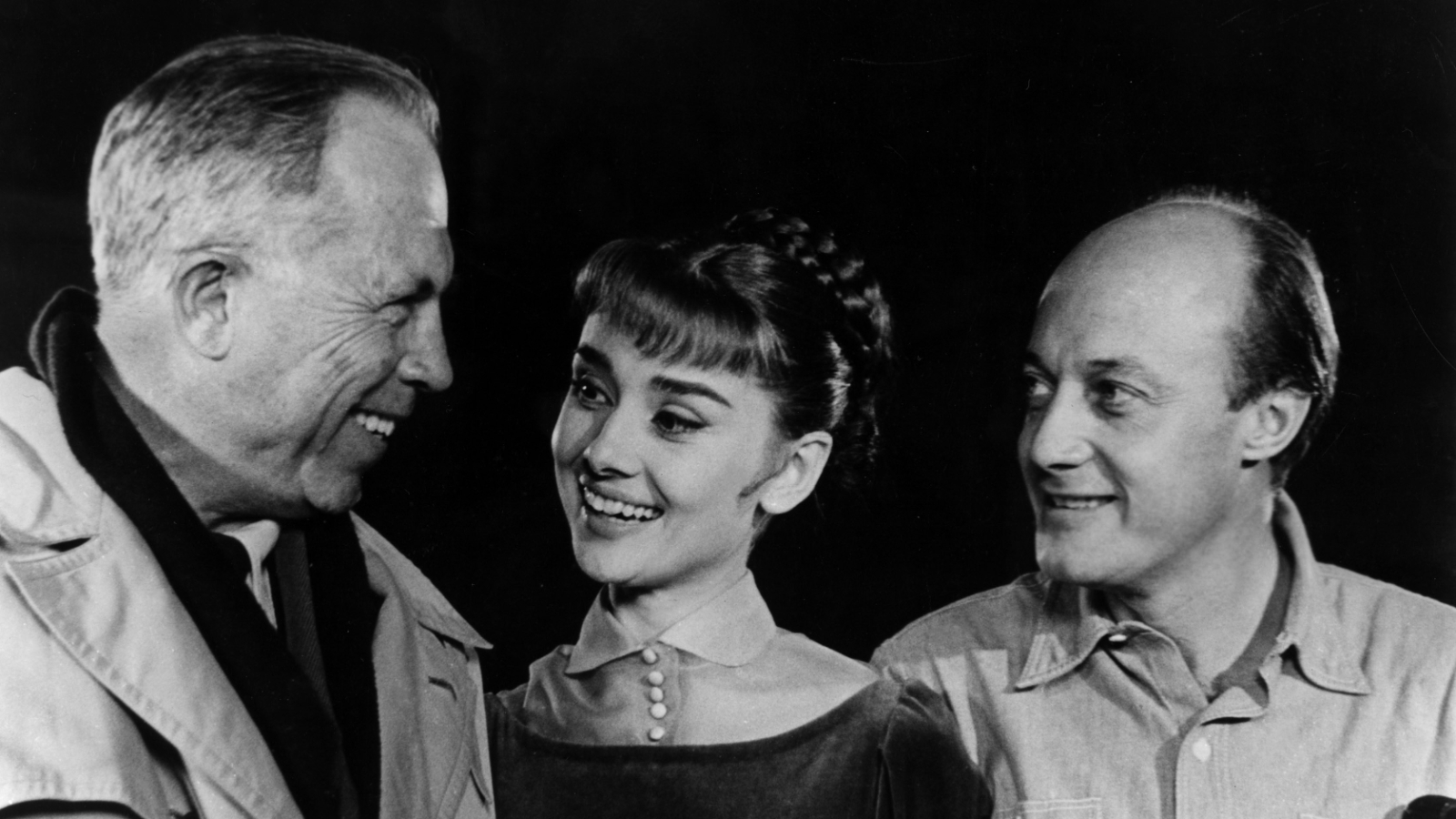
War and Peace Shutterstock
A late-career epic produced by Dino De Laurentiis and shot by Jack Cardiff, Vidor’s adaptation of Leo Tolstoy’s epoch-defining novel is a historical film of unsurpassed scope and depth. Audrey Hepburn stars as Natasha Rostova, the daughter of a Russian count whose family is swept up in the tides of the Napoleonic Wars. Natasha’s journey runs parallel to that of Pierre Bezokhov (Henry Fonda), a friend of the Rostov family and the illegitimate son of Count Bezukhov, who initially looks to Napoleon as a world-historical figure whose conquests will bring equality and freedom to Russia, only for his views to shift as the Napoleonic forces eventually arrive in Russia in violation of the 1807 peace treaty signed by Bonaparte and Czar Alexander I. A masterful adaptation of one of the all-time great works of literature, War and Peace perhaps remains unsurpassed among Hollywood epics in its scale and emotional resonance.
Sunday, August 14 at 3:00pm
Late Documentaries
Truth and Illusion
King Vidor, USA, 1964, 25m
Metaphor
King Vidor, USA, 1980, 36m
Journey to Galveston
Catherine Berge, USA, 1980, 26m
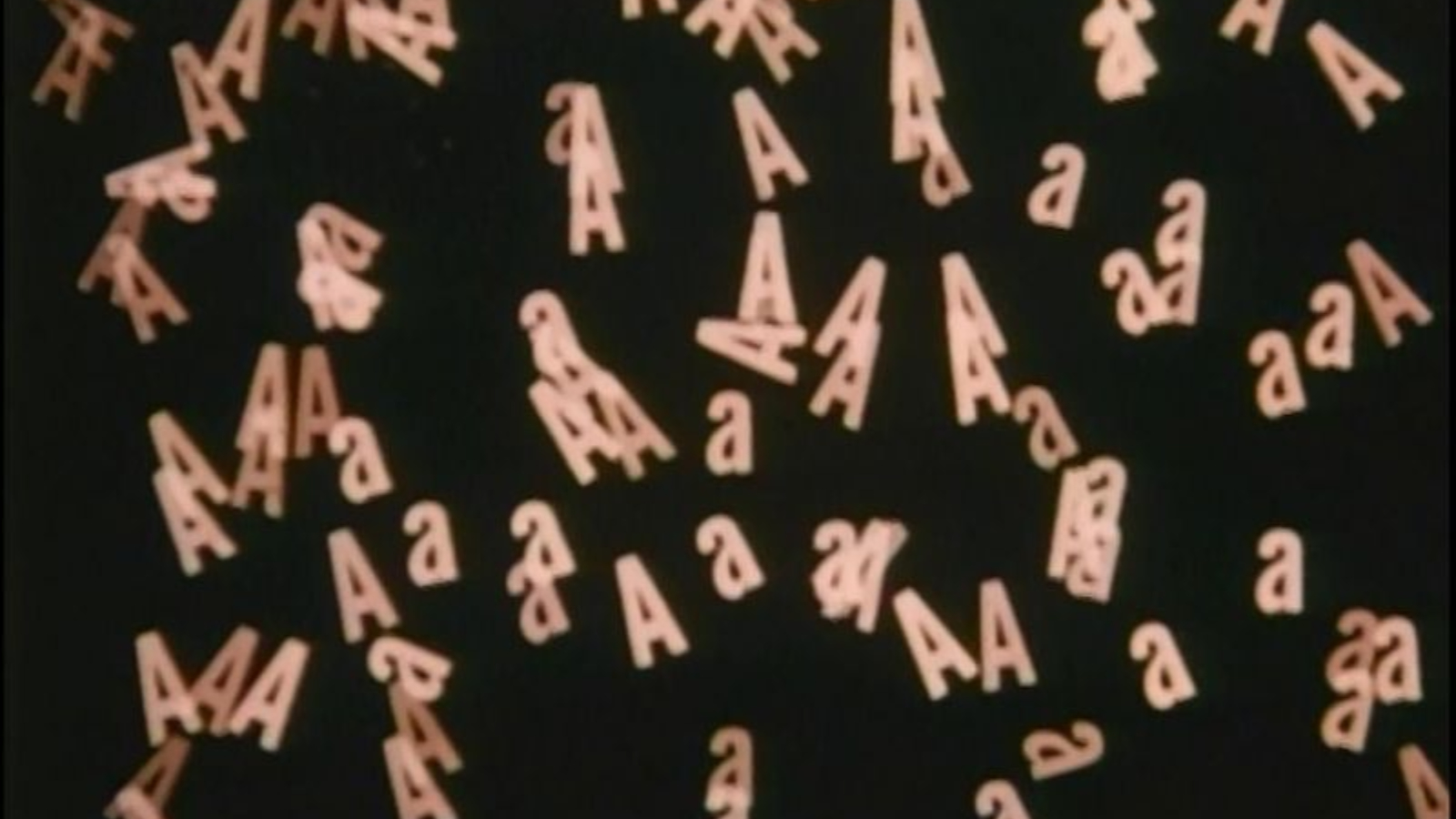
Truth and Illusion
Later in his career, Vidor made a fascinating pair of documentaries. Though this might appear a departure from the rest of his filmography, one can find a certain continuity with even his earliest work. “A silent film,” Vidor once explained, “is more difficult to perform and more difficult to direct than a film with dialogue. It’s the inside of consciousness. It’s one’s whole being.” The question of consciousness animates the first film in the program, Truth and Illusion, an artful primer on matters metaphysical. In a different key, Metaphor concerns the painter Andrew Wyeth, and features the director and the painter discussing their respective art forms, as well as their mutual influence on one another. Closing out FLC’s survey is Catherine Berge’s Journey to Galveston, a tender and revealing portrait of Vidor, shot at his ranch in Paso Robles, California, near the end of his life. Metaphor courtesy of Catherine Berge and the Filmmuseum Munich.
Sunday, August 14 at 7:30pm


